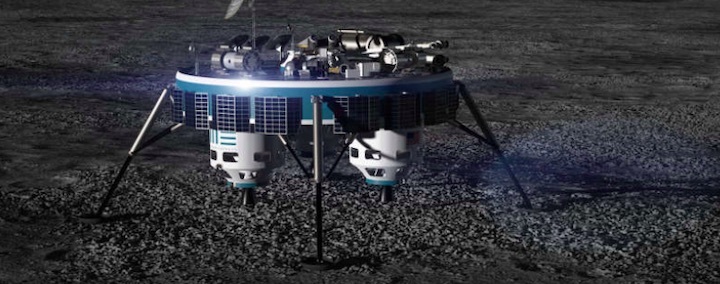2.04.2020

Designed as a workhorse that can deliver 150kg to low lunar orbit from low Earth orbit, with a range of configurationsto support lunar landing and cis-lunar operations, the MX-5 can also be outfitted with MX-1 or MX-2 staged systems that can bring the entire solar system within reach with Discovery Class capabilities. Credit: Moon Express.
The Canadian Space Agency has awarded a contract to Euroconsult for the Business Case and Value Proposition Analysis to Identify Possible Canadian Contributions to Future International Lunar Exploration Initiatives.
The contract is worth $328,027. The CSA described the work as follows;
The Canadian Space Agency (CSA) requires under this Request for Proposals (RFP)/Statement of Work (SOW), the services of external consultants to provide a 3-phased comparative business case and value proposition analysis of Canada’s potential to develop and deliver key capabilities and/or essential services to an international space exploration campaign that will explore the Moon and establish a sustained human presence on the lunar surface. This study will assess options for the next large Canadian mission contribution to lunar exploration initiatives and propose courses of actions, including concept studies for technologies within those business domains that show the most promise of maximizing benefits for Canadians. This funding opportunity is part of the Lunar Exploration Accelerator Program (LEAP).
Prime Minister Trudeau announced the Lunar Exploration Accelerator Program on February 28, 2019 as part of larger program when he stated “Canada is going to the Moon.” At the time he announced $2.05 billion in funding for the new initiative over 24 years. The Lunar Exploration Accelerator Program was allocated $150 million over 5 years.
Just last month the CSA announced a new an industrial capacity-building contribution announcement of opportunity for the Lunar Exploration Accelerator Program.
Quelle: spaceQ

